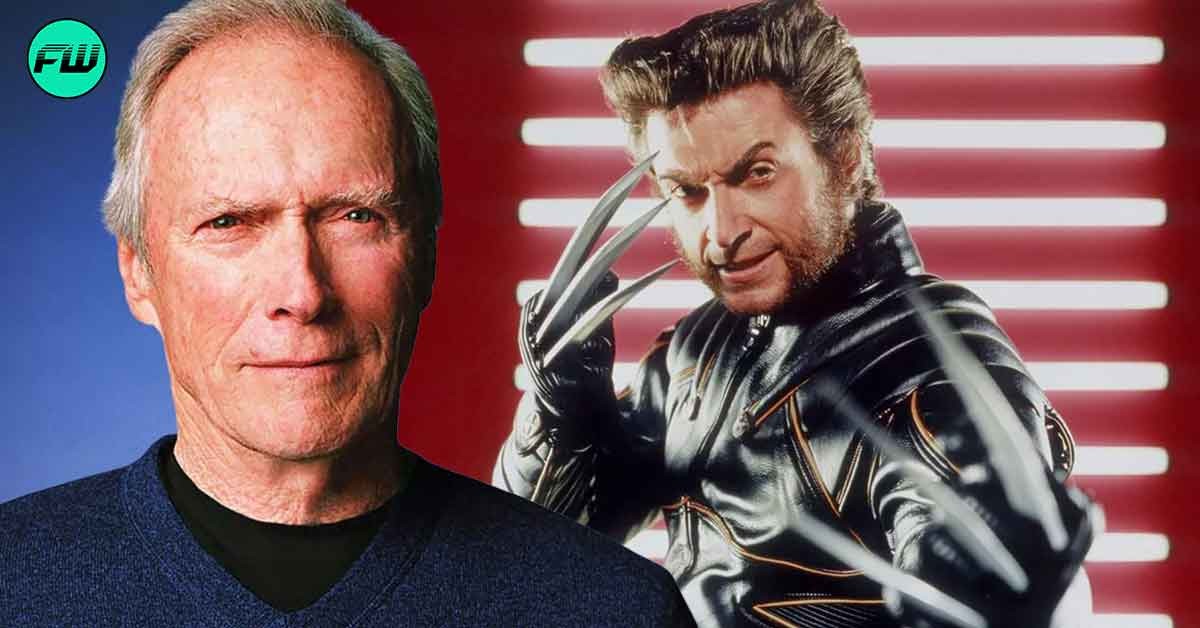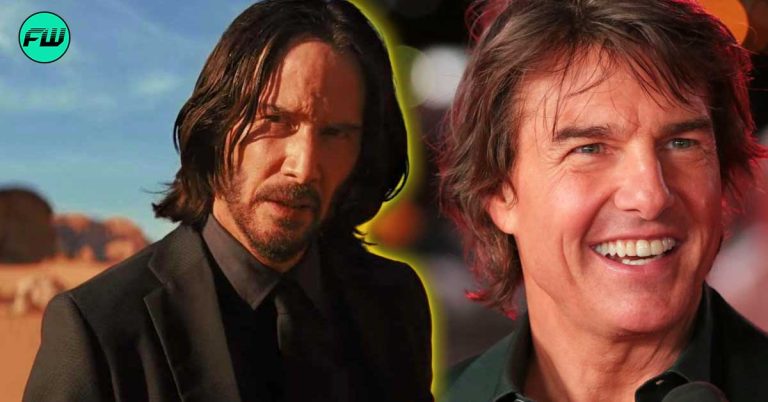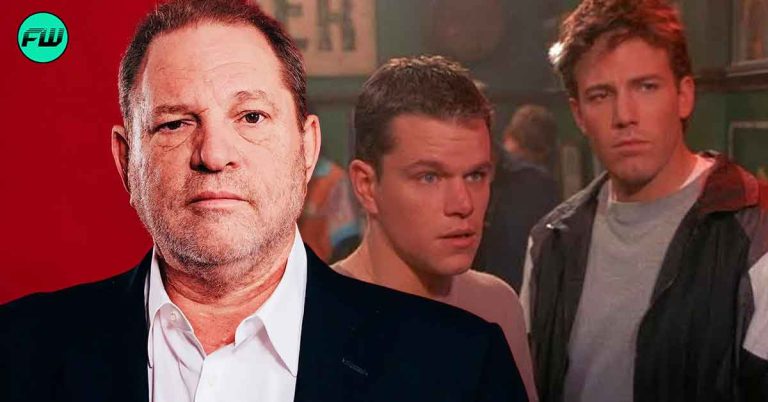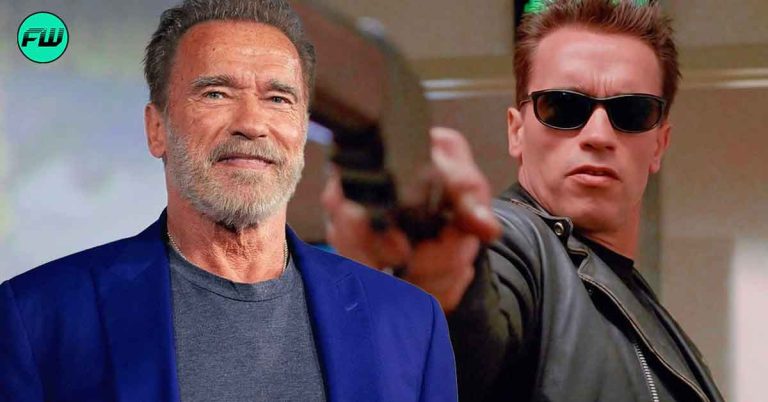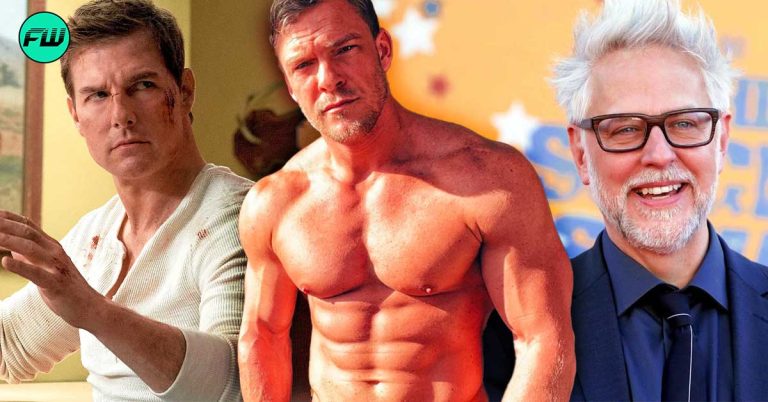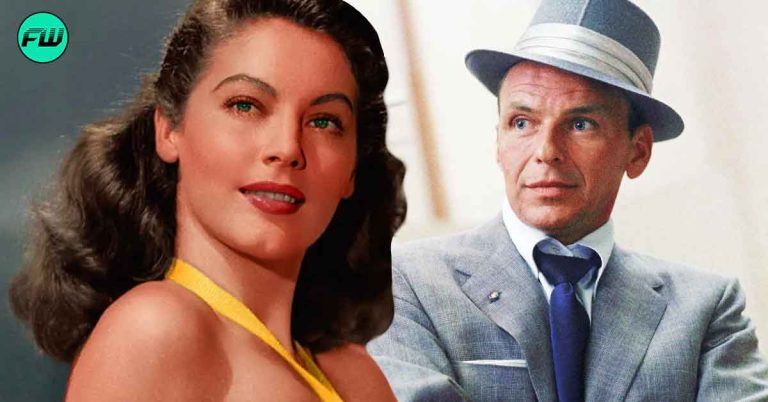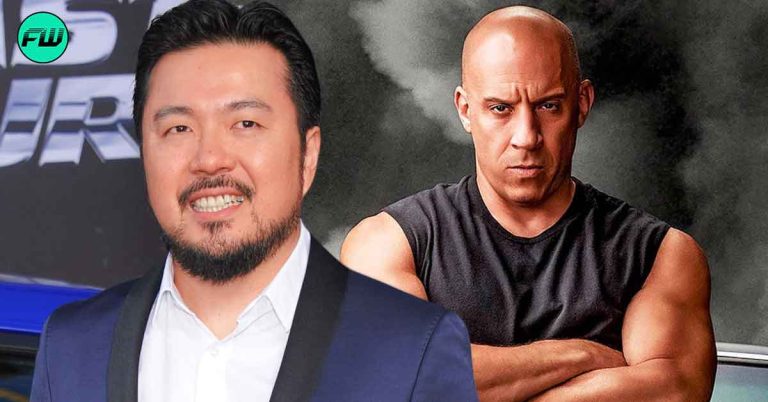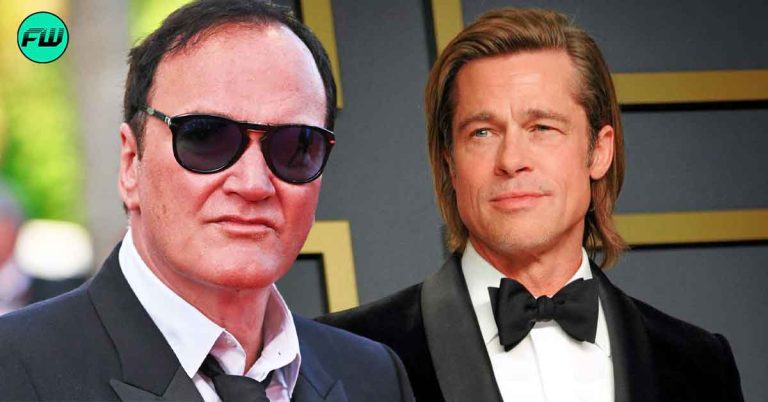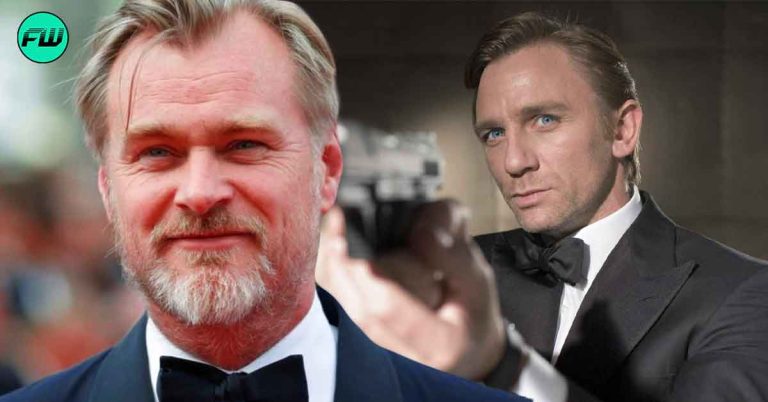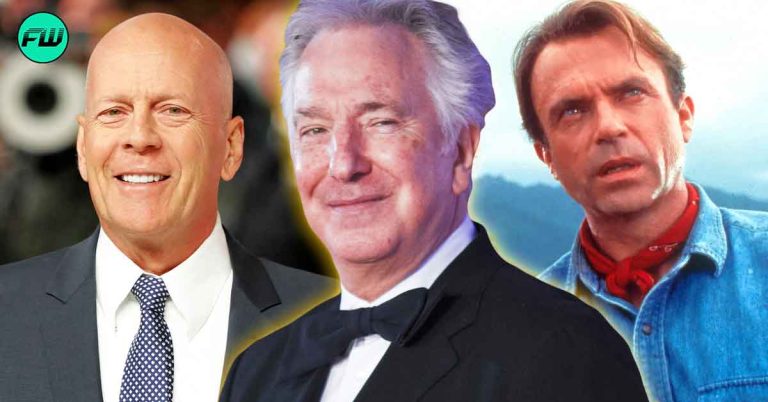Clint Eastwood’s illustrious career stands as one of the most renowned and legendary in modern cinema, particularly within the Western genre, that solidified his reputation. Similarly, Hugh Jackman’s portrayal of Wolverine remains an iconic portrayal of a superhero. Over two decades and numerous films, Wolverine and the X-Men movies played a pivotal role in the resurgence of the modern superhero film phenomenon.
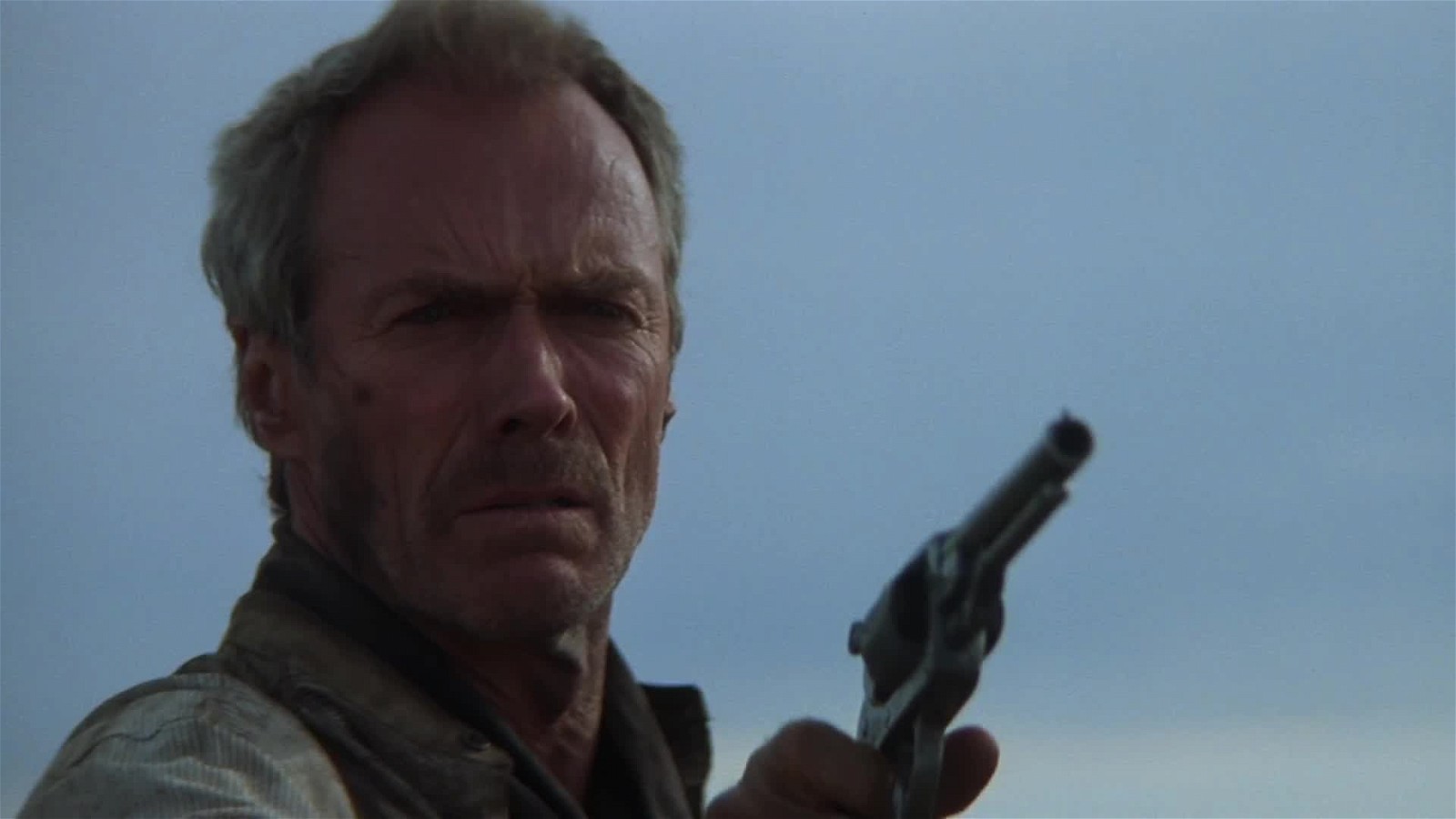
The culmination of that era came with the film Logan, which pays homage to Clint Eastwood’s masterpiece, Unforgiven, and marks a significant milestone in the superhero film landscape. Logan was initially intended to serve as Hugh Jackman’s farewell to the character of Wolverine, as he was resolute in concluding his portrayal on a resounding high.
How Did Unfogiven Inspire Hugh Jackman’s Logan
Clint Eastwood’s Unforgiven belongs to the genre of Western known as the revisionist Western, which challenges the conventional narratives of the Old West with its archetypal cowboy heroes and clear-cut divisions between good and evil. Instead, it presents a different perspective, highlighting the presence of murderers, thieves, and corrupt law enforcement officers, shattering the romanticized vision of the Old West and offering a more realistic portrayal of the era.
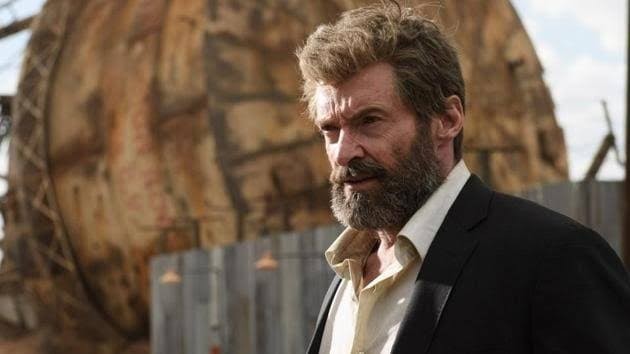
In the film Logan, the characters Logan and Professor Xavier find refuge in El Paso, relinquishing their superhero identities. Logan’s regenerative abilities wane, and the adamantium within his body is slowly killing him. Reluctantly, he agrees to aid Laura, a clone of himself, in crossing the Canadian border in exchange for a boat for him and the ailing Professor Xavier, who experiences debilitating telepathic seizures. With its R-rated and gritty portrayal, the film takes on a revisionist approach to the superhero genre, offering a realistic perspective on the probable consequences if superheroes truly existed.
The film starkly portrays the potential consequences of individuals possessing superpowers, revealing that there would be significant collateral damage and innocent lives lost. A particularly intense moment in the movie depicts Professor X experiencing a telepathic seizure, causing harm to those in his vicinity. This sequence provides a haunting glimpse into the perspective of individuals who suffer as unintended victims of Professor X’s powers.
Both Films Broke The Cinema Stereotypes
The portrayal of violence in both Unforgiven and Hugh Jackman’s Logan takes a more contemplative approach than traditional Westerns or superhero stories. Rather than expecting the audience to cheer for heroes taking down villains, these films shed light on the grim reality of violence. They emphasize that violence is not a glamorous or heroic act. In Unforgiven, the scene of a cowboy being shot exemplifies this, while in Logan, an attack at a farmer’s house further reinforces the notion that violence is anything but pretty.
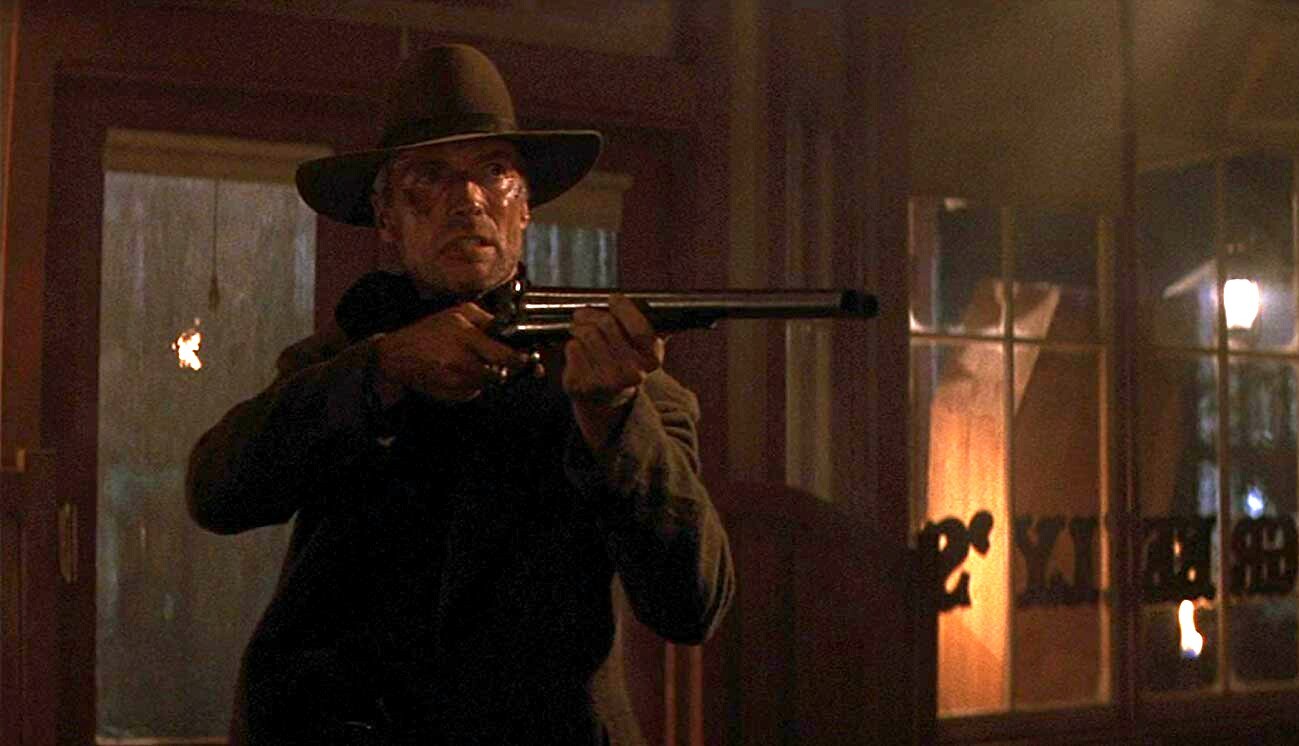
These films present violence in a different light, illustrating that it is neither glamorous nor thrilling. Instead, they aim to depict the true and devastating toll it takes on individuals and their surroundings. While there may be moments where a character seeks to bring a sense of dignity to their actions, even if they have a notorious past as a killer, the films ultimately convey an anti-violence message.
Logan is available for streaming on Disney+.
Source: Collider

